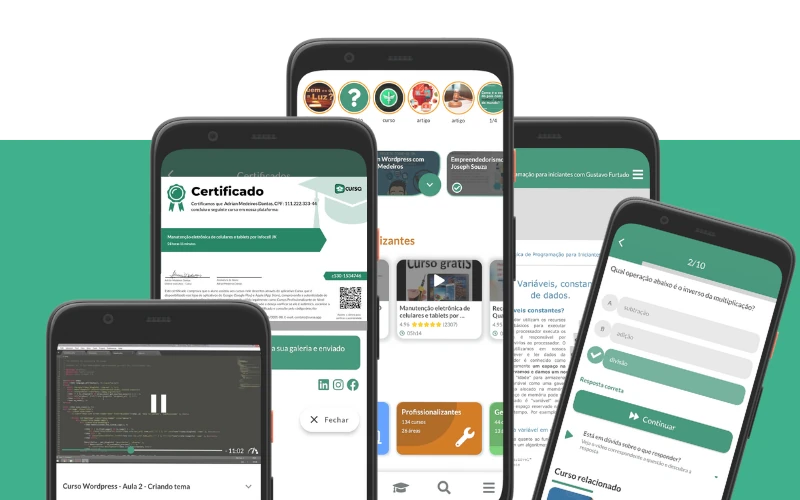35. Overcoming Language Barriers: Using Body Language and Being Patient
Traveling to a new country where English is not the primary language can be both an exciting and daunting experience. As a traveler, navigating through unfamiliar territories can be challenging, especially when it comes to communicating with locals. However, one of the most effective ways to overcome language barriers is through the use of body language and the practice of patience.
The Power of Body Language
Body language is a universal form of communication that transcends spoken language. It involves the use of facial expressions, gestures, and posture to convey messages without words. When you find yourself in a situation where English is not understood, your body can become a valuable tool in expressing yourself.
- Facial Expressions: A smile is universally recognized as a sign of friendliness and openness. It can instantly put others at ease and create a positive atmosphere for communication.
- Gestures: Simple gestures such as pointing, miming the action of eating when looking for a restaurant, or shrugging your shoulders to indicate that you do not understand, can effectively convey your message.
- Posture: Your posture can also communicate a lot. Standing with an open stance suggests approachability, while crossed arms might indicate defensiveness or impatience.
It's important to be mindful of cultural differences in body language, as gestures may have different meanings in different cultures. Always observe and try to mimic the body language of locals when appropriate.
Patience is Key
When facing language barriers, patience is not just a virtue; it's a necessity. Communication may take longer, and misunderstandings are likely to occur. Being patient with yourself and others is essential.
- Speak Slowly and Clearly: When trying to communicate in English or the local language, speak at a slower pace and enunciate clearly. This gives the listener time to process your words and increases the chances of being understood.
- Listen Carefully: Pay close attention to what the other person is saying. Even if you do not understand the language, you may pick up on key words or context clues that can help you decipher the meaning.
- Repeat and Rephrase: If you're not understood the first time, try repeating or rephrasing your statement. Sometimes a different choice of words or a simpler sentence structure can make a big difference.
- Use Technology: Language translation apps can be a great aid in bridging the communication gap. However, be patient when using technology, as it may not always provide perfect translations.
Non-Verbal Communication Tools
There are several non-verbal tools that you can use to aid communication:
- Visual Aids: Carry a small notebook and pen with you to draw pictures or write down words. Maps and photos on your smartphone can also serve as helpful visual aids.
- Flashcards: Prepare flashcards with essential words and phrases in the local language. This can include accommodations, food, and emergency services.
- Charades: The game of charades isn't just for fun; it can be a practical way to communicate. Acting out what you're trying to say can help others understand you better.
Remember, non-verbal communication can be effective, but it also requires a willingness to be creative and sometimes to step out of your comfort zone.
Embracing the Experience
While overcoming language barriers may seem stressful, it can also be an enriching experience. It encourages you to connect with people on a more fundamental level, beyond words. It can lead to unexpected friendships and memorable stories to share.
Stay positive and embrace the challenge. Every attempt at communication is an opportunity to learn and grow. With body language and patience, you'll find that you can navigate through any language barrier, making your travel experiences all the more rewarding.
Conclusion
In conclusion, overcoming language barriers while traveling requires a combination of effective body language and patience. By using facial expressions, gestures, and visual aids, you can communicate without relying solely on spoken language. Patience allows for a smoother exchange and shows respect for the people and culture you are interacting with. Embrace the challenge and enjoy the journey of connecting with the world around you in new and profound ways.









